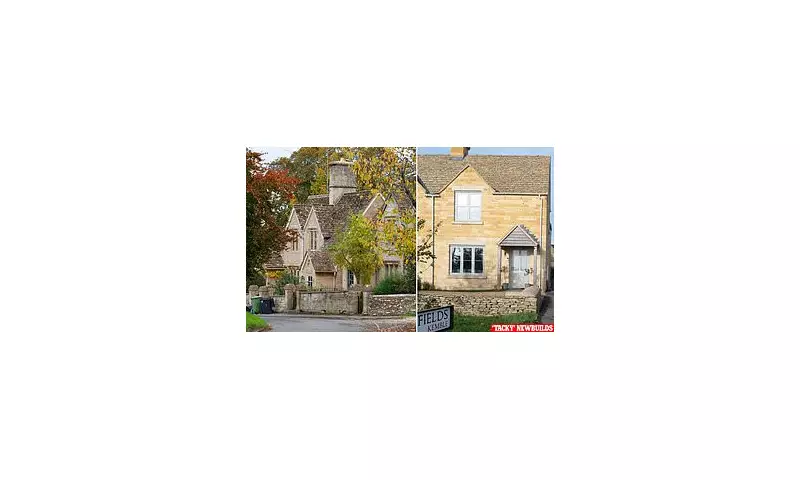
The tranquil villages of the Cotswolds, renowned for their honey-coloured stone cottages and rolling green landscapes, have become the unlikely battleground in Labour's ambitious housing drive. Local residents are mounting fierce opposition to what they describe as "horrendous" development plans that threaten to permanently alter the character of their cherished communities.
Villages Under Siege
From Bourton-on-the-Water to Stow-on-the-Wold, communities across this Area of Outstanding Natural Beauty are reporting a surge in planning applications for newbuild estates. The scale of development has left many locals feeling their voices are being ignored in favour of meeting government housing targets.
Infrastructure at Breaking Point
Residents highlight how local services are already stretched to their limits. "Our roads weren't built for this volume of traffic," explains one long-term resident from Moreton-in-Marsh. "The doctors' surgery has waiting lists weeks long, and the primary school is overflowing. Yet more houses keep appearing."
The Character Question
Beyond practical concerns lies a deeper worry about losing the essential charm that defines the Cotswolds. Many new developments are criticised for their generic designs that clash with traditional local architecture. "They're building identikit houses that could be anywhere in Britain," laments a village conservation officer. "The unique character that draws visitors from around the world is being eroded one plot at a time."
Political Backlash Grows
The situation has sparked significant political tension, with local councils caught between national housing targets and constituent anger. Several parish councils have begun formal challenges to development plans, while community groups are organising petitions and protests.
As the debate intensifies, the Cotswolds finds itself at the heart of a national conversation about balancing housing needs with preserving Britain's most treasured landscapes. The outcome could set important precedents for rural development across the country.





